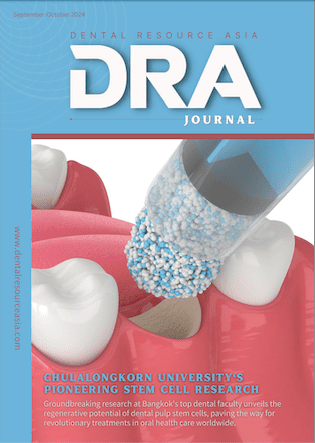Smart Mouthguards to Monitor Head Impacts
World Rugby is taking steps to use hi-tech mouthguards equipped with sensors that measure the G-force of head impacts in real time. The aim is to improve player safety at elite levels, and ultimately, make the game safer for players of all ages.
For male players, the threshold for automatic withdrawal from the pitch due to a high-impact head injury is set at 70g and 4000 radians per second squared. Female players will first use this technology in the WXV, with a threshold of 55g and 4,000 rad/s².
The smart mouthguards, costing £250, will utilise Bluetooth technology to alert medical professionals when the set threshold is breached. This approach represents a significant step forward in enhancing player safety in elite rugby.
Extending the Technology to Junior and Community Rugby
While the initial implementation is in elite rugby, World Rugby’s chief medical officer, Éanna Falvey, envisions the use of these smart mouthguards extending to junior and community rugby. The move is essential given the declining participation of children in rugby due to concerns about potential brain injuries.
Studies have shown that the impact forces in the community-level game are much smaller and less frequent. World Rugby aims to establish certain thresholds and make these technologies available for the community game to ensure the safety of players of all ages.
Driving Competition to Reduce Costs
Setting minimum standards for smart mouthguards is not only a safety measure but also a way to promote competition in the market. Falvey believes that by fostering competition, the price of these mouthguards will come down, making them more affordable for players and parents. The long-term goal is to integrate this technology throughout the rugby community.
Examining the “Chronic Load Piece”
In addition to monitoring head impacts, World Rugby plans to use the smart mouthguards to assess what Éanna Falvey refers to as the “chronic load piece.” Initial data indicates that 35% of head acceleration events occur during training, with the rest taking place during matches. By further examining the forces players face over the course of a season and their careers, World Rugby aims to make the game safer.
The emphasis on lowering the number of head impact events has gained prominence, with experts suggesting that this area should be a primary focus for reducing injuries. High-tackle players will be a specific focus, ensuring they are managed appropriately to minimize risks.
World Rugby’s long-term vision includes individualizsd head injury assessments for players to tailor the return-to-play process. Like in other areas of medicine, the goal is to provide personalised care and protection to players.
Widespread Use of Mouthguards in Rugby
World Rugby has also recommended that players at all levels of the sport wear mouthguards. Research from ice hockey shows that they protect against dental injuries and can reduce the risk of concussion by 20%.
This initiative represents a significant step toward enhancing player safety in rugby and future-proofing the sport for players of all ages.
The information and viewpoints presented in the above news piece or article do not necessarily reflect the official stance or policy of Dental Resource Asia or the DRA Journal. While we strive to ensure the accuracy of our content, Dental Resource Asia (DRA) or DRA Journal cannot guarantee the constant correctness, comprehensiveness, or timeliness of all the information contained within this website or journal.
Please be aware that all product details, product specifications, and data on this website or journal may be modified without prior notice in order to enhance reliability, functionality, design, or for other reasons.
The content contributed by our bloggers or authors represents their personal opinions and is not intended to defame or discredit any religion, ethnic group, club, organisation, company, individual, or any entity or individual.

